Taking the votes on party lines for granted, the rationale of having an Electoral College inspires little confidence as it has become antiquarian and pointless
When Americans cast their ballot for the President on November 3, they weren’t voting directly for Joe Biden or the incumbent, President Donald Trump, but rather for their State’s electors. In the US, a candidate becomes President by securing the most “electoral” votes rather than by winning a majority of the national popular vote. Electors generally cast their vote for the winner of the popular vote in their respective States. They are slated to meet on December 14 and the winner must get a minimum of 270 votes.
In case no one receives the minimum prescribed votes, the House of Representatives elects the President and the Senate elects the Vice-President. The Electoral College and its procedure was established by Article II of the US Constitution and the 12th and the 23rd Constitution Amendments. Though Joe Biden has clearly won and is now the President-elect, the outgoing President has put unsubstantiated charges of electoral fraud and embroiled the process in court cases. Trump’s campaign on November 9 filed a lawsuit in a Pennsylvania federal court, seeking to block State officials from certifying Biden’s victory there.
In any case, the declaration of formal victory will have to wait as the 538 members of the Electoral College will cast their votes on December 14 and the votes will be counted and certified by the Congress in a joint sitting to be held on January 6, 2021 in a session presided over by the Vice-President. The President-elect will be sworn in on January 20, 2021.
The question that agitates the people across the world is why the founding fathers of the US enshrined such a complex electoral system in the Constitution. There are many presidential electoral systems to choose from. For instance, in India — a parliamentary system — the President is elected by an Electoral College comprising the elected members of both the Houses of Parliament and the elected members of the Legislative Assemblies of the States. In France, the President is elected by popular votes based on the two-round election system since 1965, if no candidate wins a majority of the votes in the first round. Many other countries, like Brazil, Bulgaria, Iran, Poland, Russia, Turkey and so on, have the two-round system or second ballot/runoff ballot, if no candidate receives the stipulated number of votes in the first round. Sri Lanka has a variant of the contingent vote system to elect the President. If no candidate receives an overall majority of first preference votes on the first count, then all, but the two leading candidates, are eliminated and their votes redistributed to help determine a winner in a second and final round.
However, the US Presidential electoral system is an amalgamation of popular election — that is popular votes and indirect election — comprising the Electoral College. Alexander Hamilton, one of the main architects of the US Constitution, wrote in The Federalist Papers about the key advantages of the Electoral College, “The electors come directly from the people and for that purpose only, and for that time only. This avoided a party-run legislature or a permanent body that could be influenced by foreign interests before each election.” The makers of the Constitution believed that since the election would take place among all the States, so no corruption in any State could taint “the great body of the people” in their selection. It was also felt that the “electors’ meeting in the State capitals would be able to have information unavailable to the general public.” Besides, it was argued that “since no federal officeholder could be an elector, none of the electors would be beholden to any presidential candidate.”
Another consideration was that the decision to elect the President by the members of the Electoral College would be made without “tumult and disorder”, as it would be a broad-based one, made simultaneously in various locales where the decision-makers could deliberate reasonably, without threat or intimidation. “If the Electoral College did not achieve a decisive majority, then the House of Representatives was to choose the president....” The Constitution makers were apprehensive about somebody unqualified but with a talent for “low intrigue, and the little arts of popularity” attaining high office, and, therefore, conscientiously struck a novel compromise between the two systems. However, in actual practice, the process of forming the Electoral College has little significance as the voters choose the presidential candidate and his running mate and the winner takes all the votes assigned to a particular State, regardless of any narrow gap in the popular votes secured.
For instance, the State of Georgia is allocated 16 members in the Electoral College. As per the last count (final count awaited), Joe Biden secured 49.5, Trump 49.2 and Jo Jorgensen 1.2 per cent votes. If after the final count, Biden retains the lead, there will be no proportional distribution of the votes secured and all the 16 members thus elected will be of the Democratic candidate led by Joe Biden, giving credence to the dictum the “winner takes it all.”
The States of Maine and Nebraska are two exceptions where, instead of a winner-takes-it all system, the vote goes through what’s known as the “Congressional district method.” This system — used in Maine since 1972 and in Nebraska since 1992 — allocates two electoral votes to the Statewide winner but allows each Congressional district to award one electoral vote to the popular vote winner in its locality. In Maine, this means that two out of four electoral votes can go to someone other than the Statewide winner; in Nebraska, three out of five electoral votes remain in play.
The members of the Electoral College, with rare inconsequential exceptions, do not disregard the popular vote by casting their vote for someone other than the party candidate. They hold, generally, a leadership position in their party or are trusted party loyalists who will uphold their pledge. A majority of the States have their own laws against faithless electors. Taking the votes on party lines for granted, the rationale of having an Electoral College inspires little confidence as it has become antiquarian and pointless.
Insofar as the federal character of the votes is concerned, that is guaranteed by the number of seats allocated to each of the States and territories, including District Columbia, for the presidential election, based on the twin principles of federalism and population. This is reflected in the composition of the Senate, which has 100 members, two from each State regardless of its size and population and the House of Representatives, comprising 435 members, elected by each of the States and territories. California sends 53 members and smaller States like Delaware have one member.
In 2000, Democrat Al Gore received 50,999,897 votes; Republican George Bush received 50,456,002. In the Electoral College count, however, Bush, who tallied 271 electors to Gore’s 266, became the President. In 2016, Hilary Clinton received 65,853,514 votes to Donald Trump’s 62,984,828, but Trump got 304 electoral votes and Hillary Clinton 227.
The Electoral College system distorts the campaign as candidates give extra consideration to swing States, often compromising governance, and give over-representation to smaller States. Moreover, till the final count by the Congress, there is a long, eerie silence and speculation about a possible tie. But perhaps the people of the US are happy and content with this.
(The writer is former Additional Secretary, Lok Sabha)







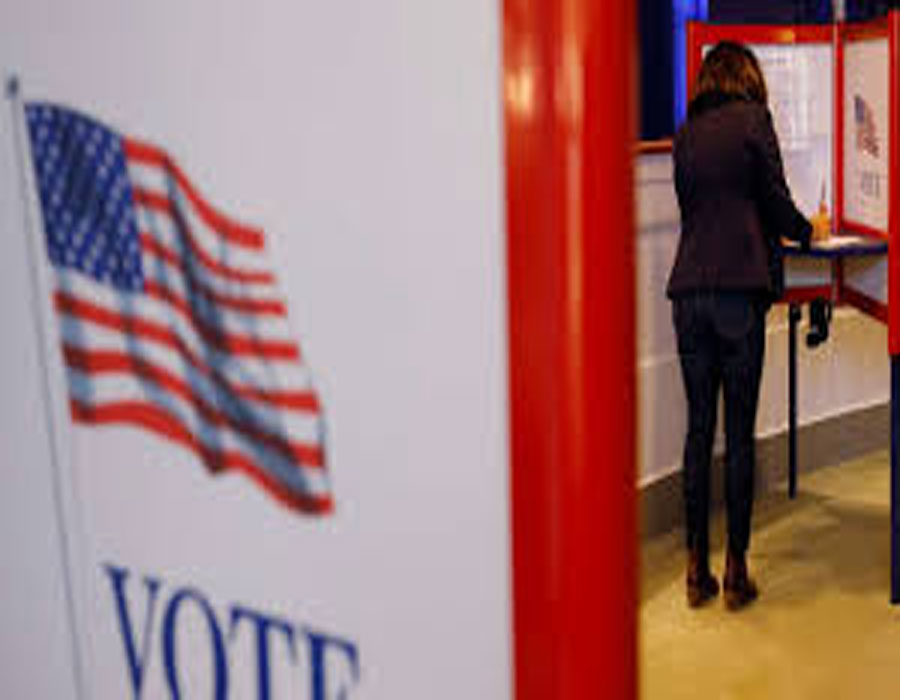
 OpinionExpress.In
OpinionExpress.In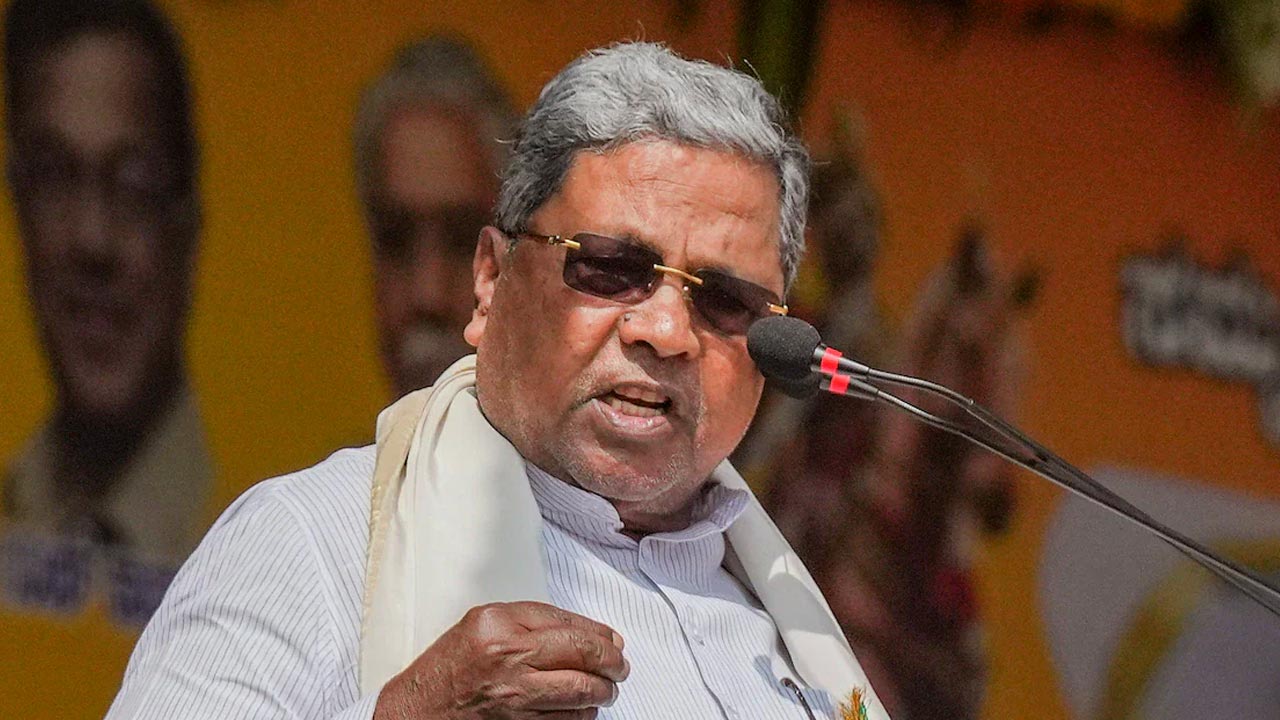
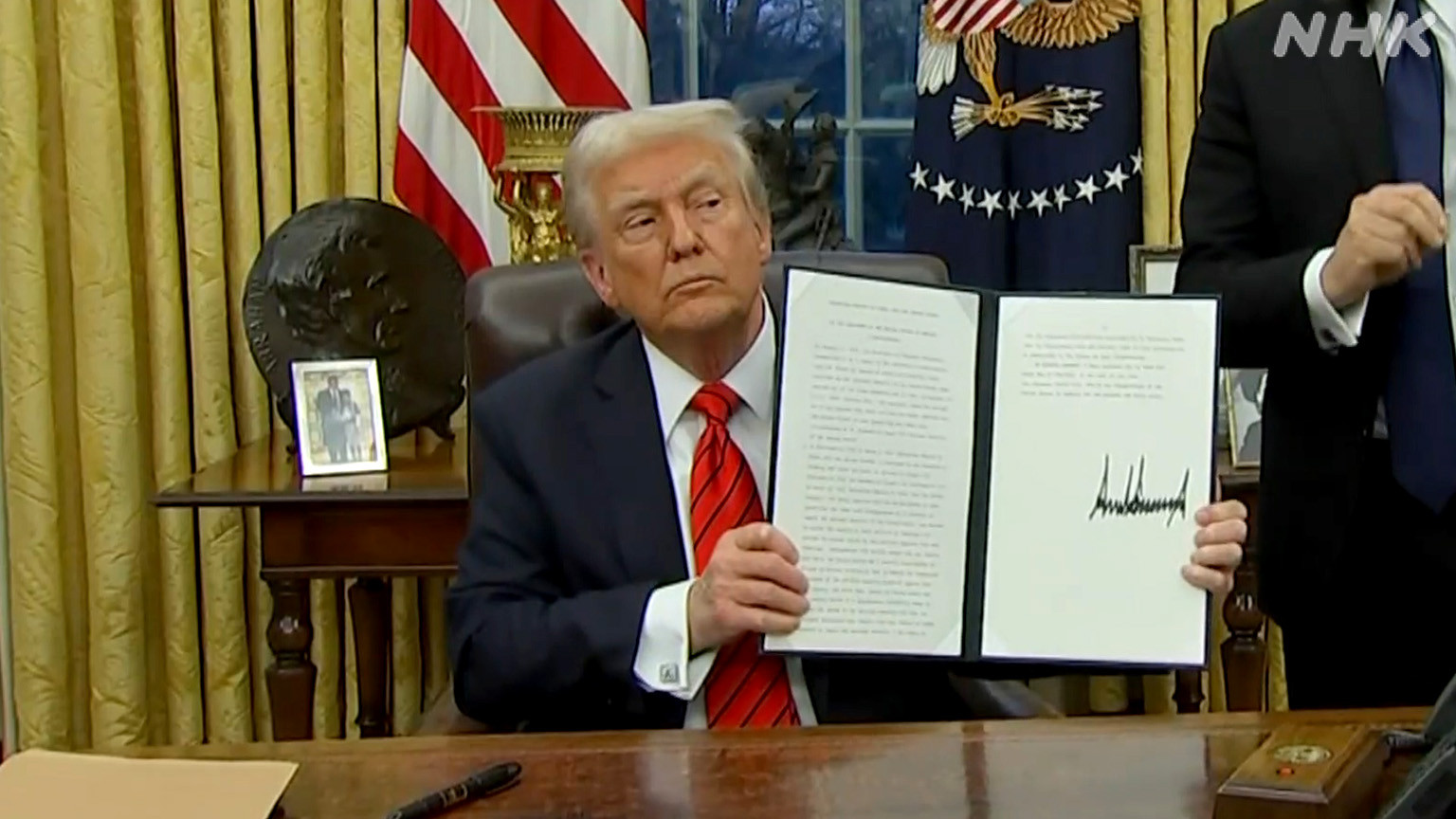
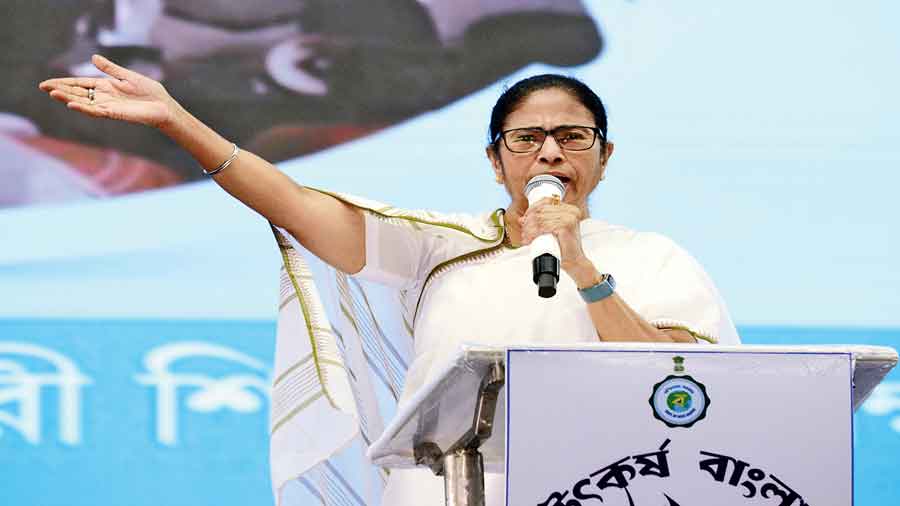
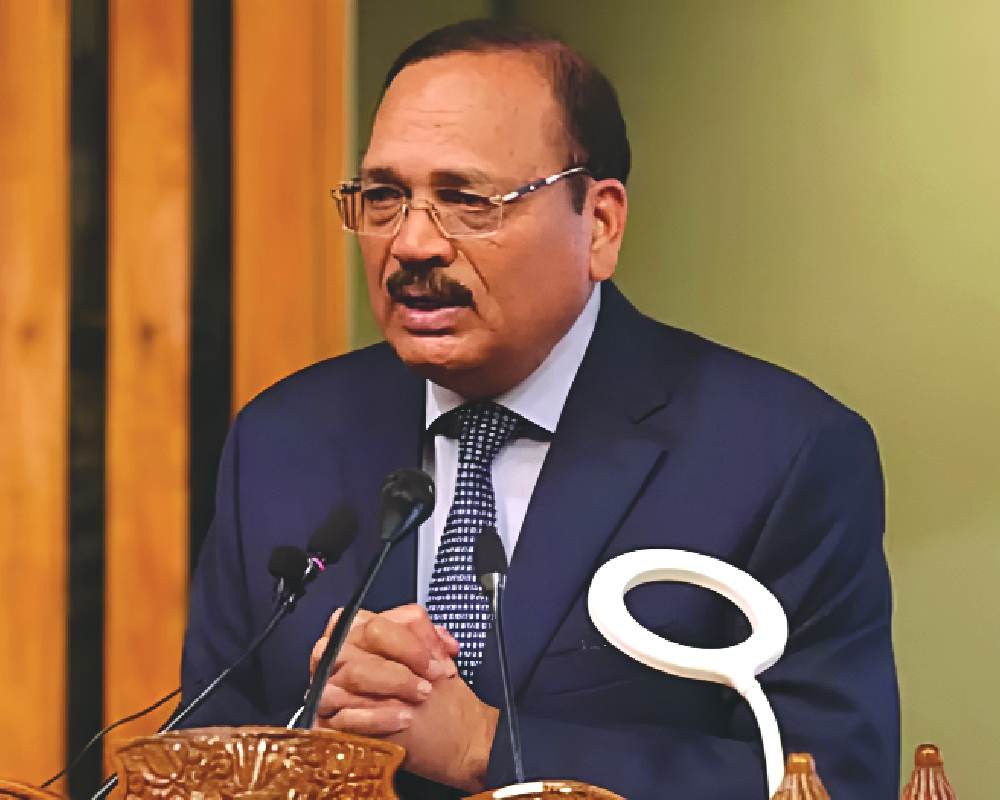
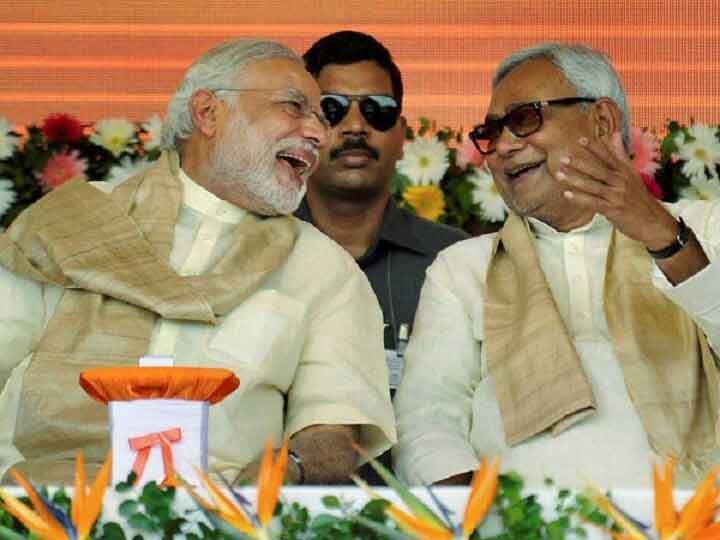
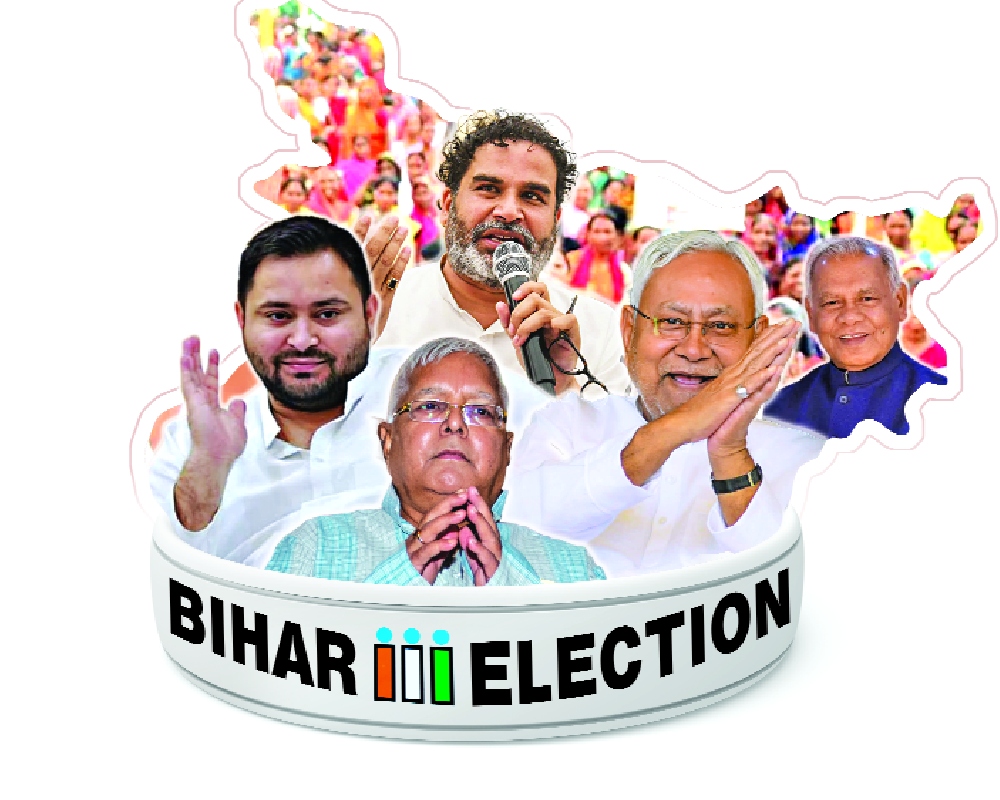
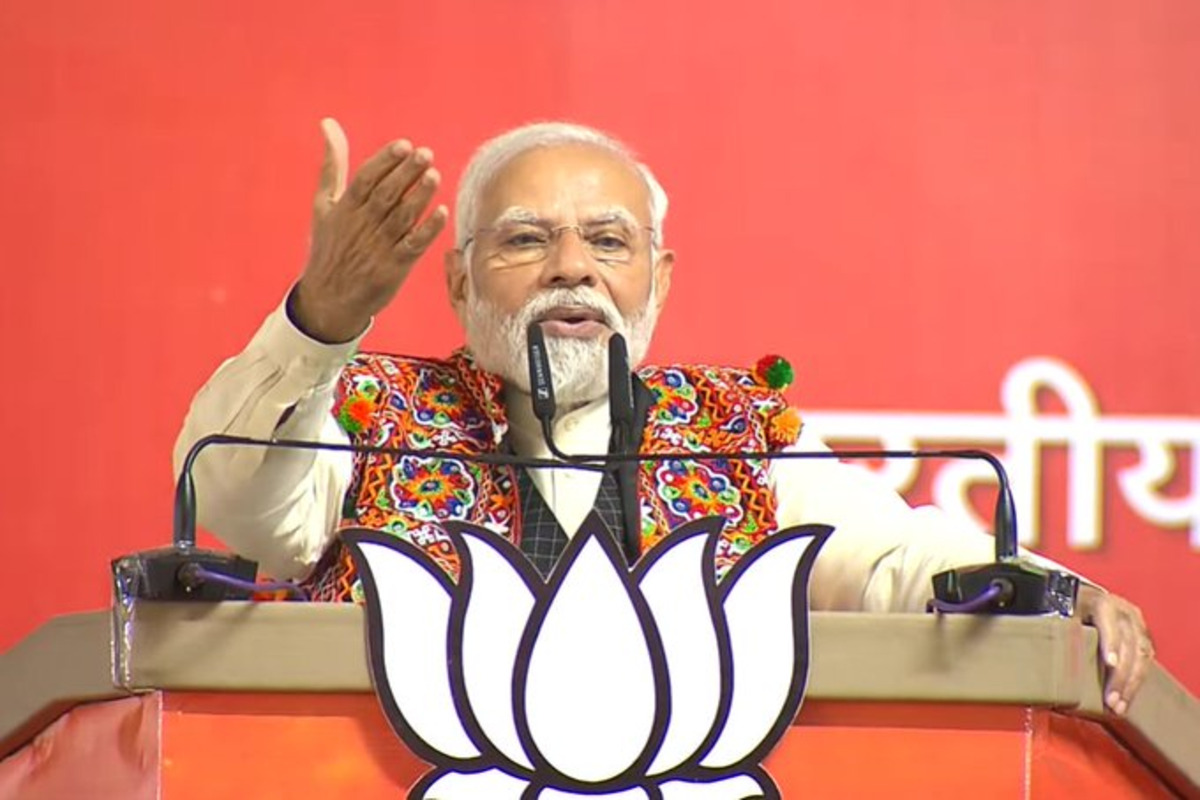

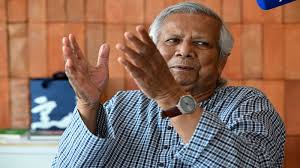







Comments (0)